Probability itself is an expression of uncertainty, but the calculations behind the percentages can seem objective. David Spiegelhalter argues that this is impossible:
My argument is that any practical use of probability involves subjective judgements. This doesn’t mean that I can put any old numbers on my thoughts — I would be proved a poor probability assessor if I claimed with 99.9% certainty that I can fly off my roof, for example. The objective world comes into play when probabilities, and their underlying assumptions, are tested against reality (see ‘How ignorant am I?’); but that doesn’t mean the probabilities themselves are objective.
Some assumptions that people use to assess probabilities will have stronger justifications than others. If I have examined a coin carefully before it is flipped, and it lands on a hard surface and bounces chaotically, I will feel more justified with my 50–50 judgement than if some shady character pulls out a coin and gives it a few desultory turns. But these same strictures apply anywhere that probabilities are used — including in scientific contexts, in which we might be more naturally convinced of their supposed objectivity.
Riffing off George E. P. Box’s “All models are wrong, but some are useful”, Spiegelhalter concludes, “In our everyday world, probability probably does not exist — but it is often useful to act as if it does.”

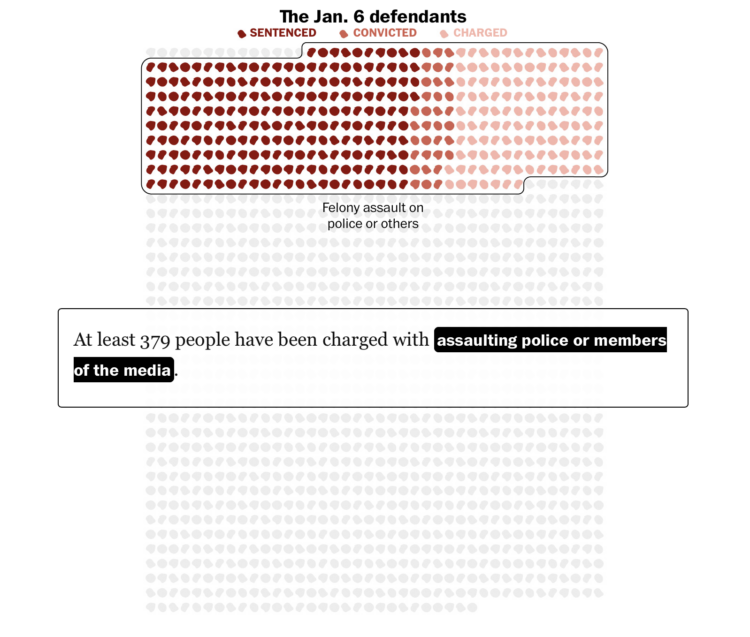
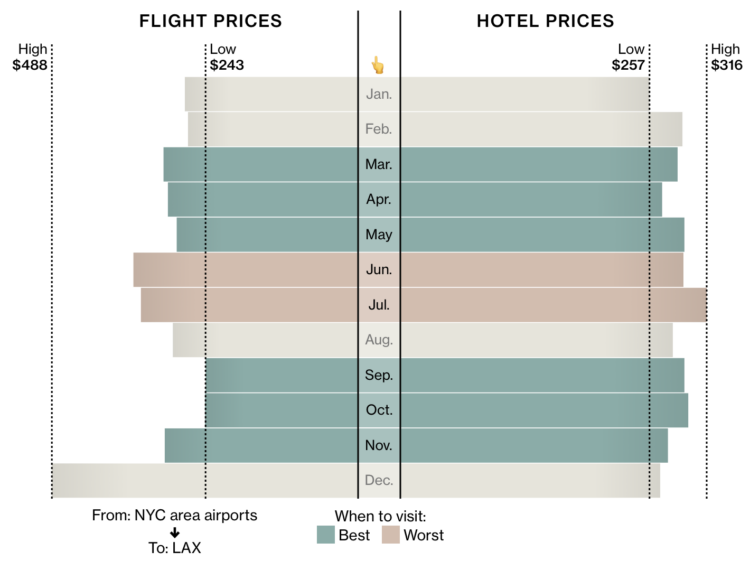



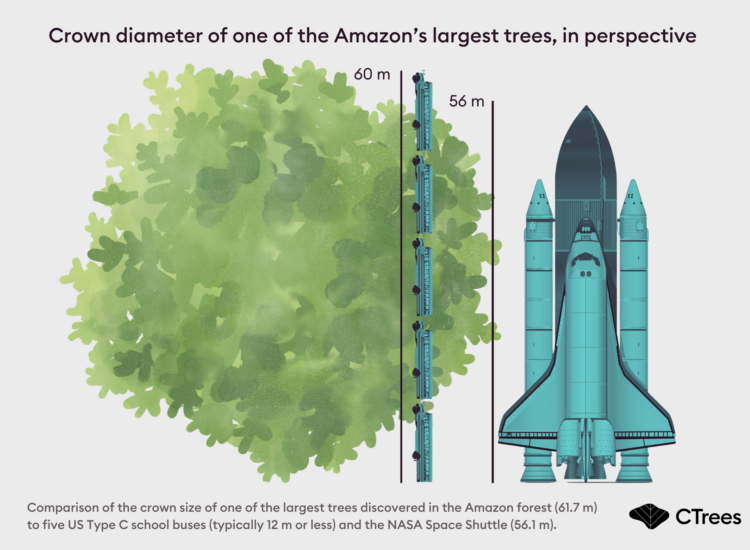
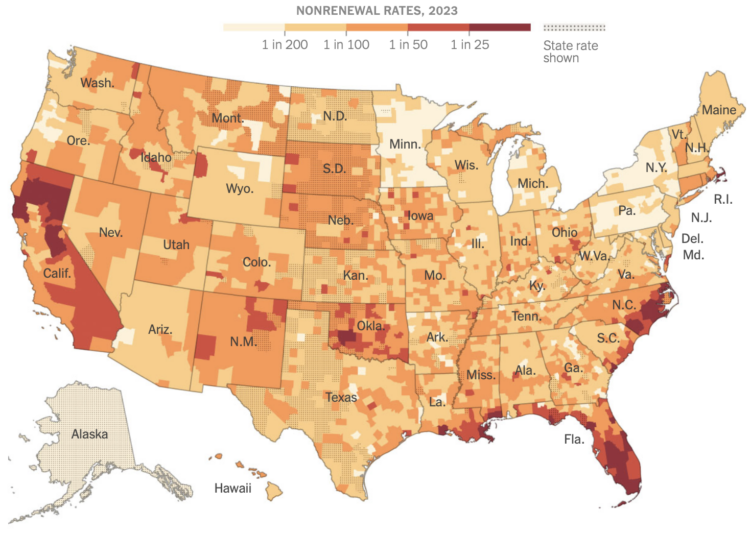
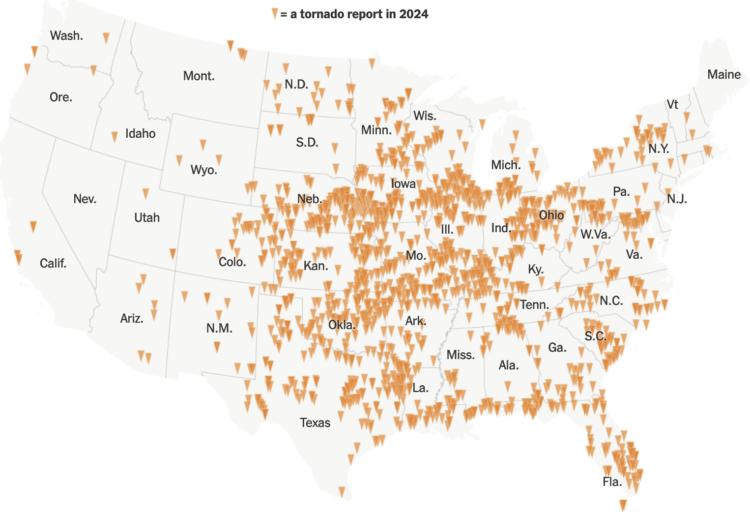
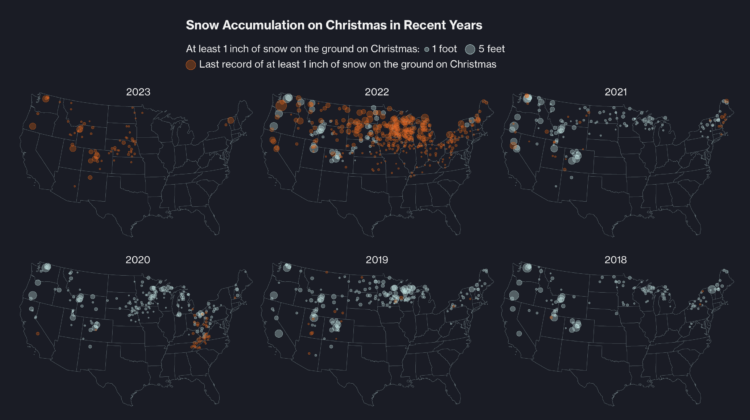


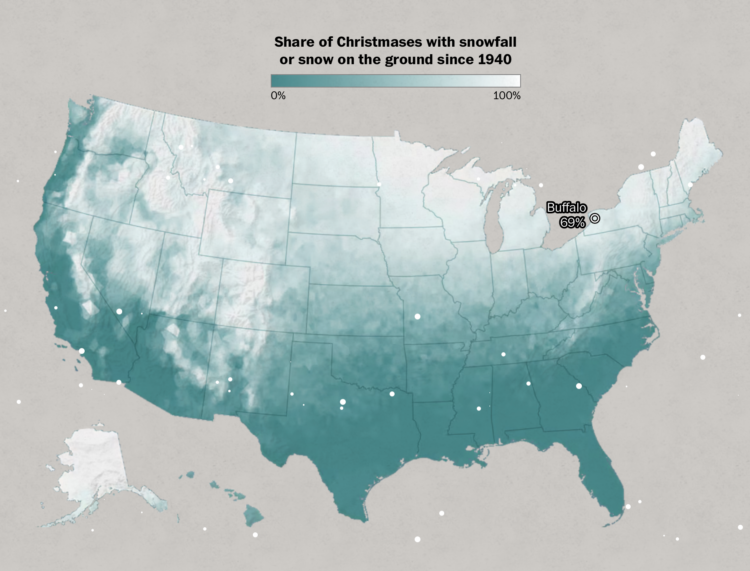
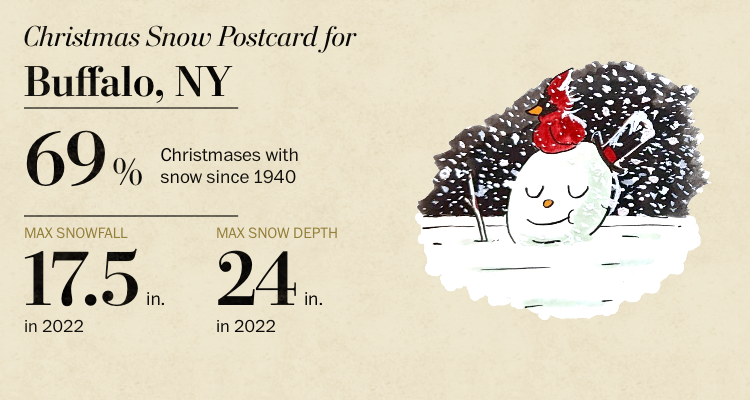


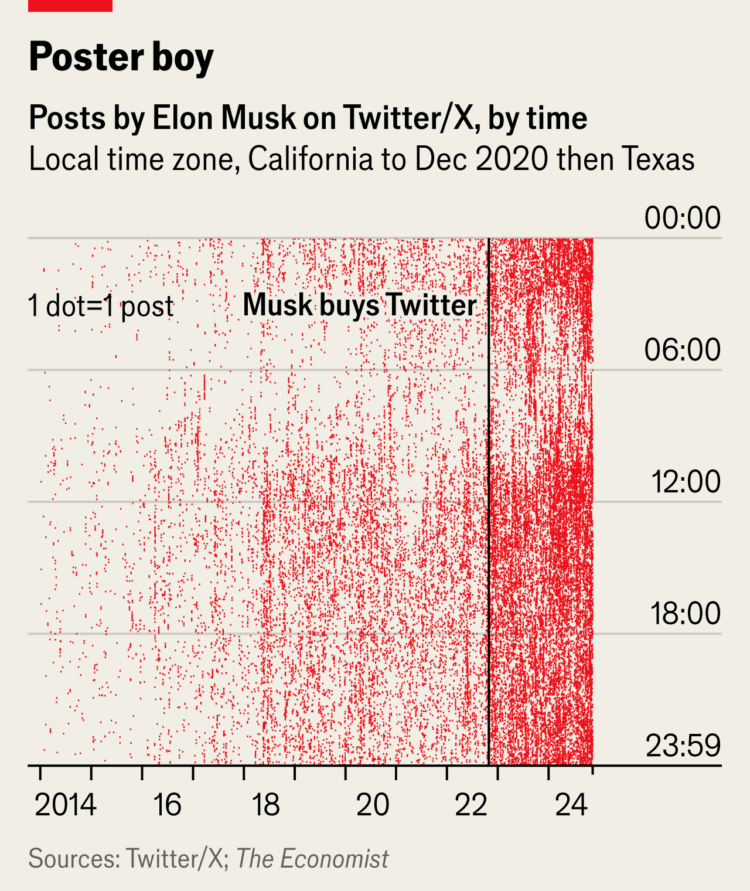
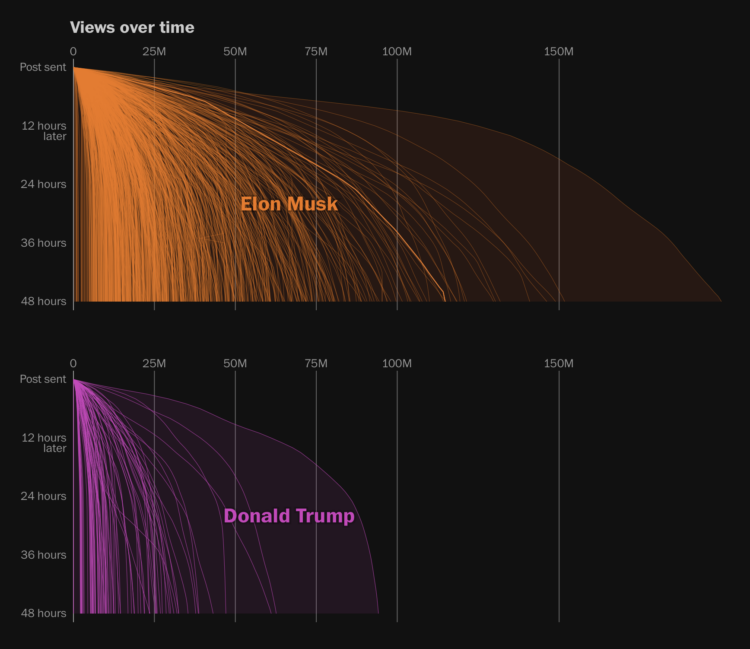
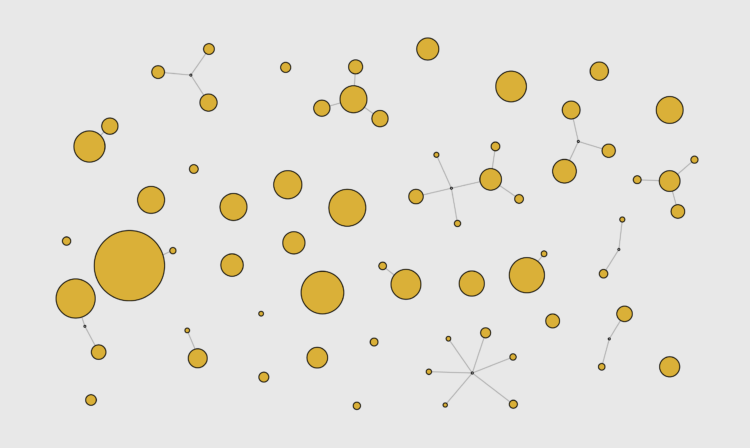










 Visualize This: The FlowingData Guide to Design, Visualization, and Statistics
Visualize This: The FlowingData Guide to Design, Visualization, and Statistics
